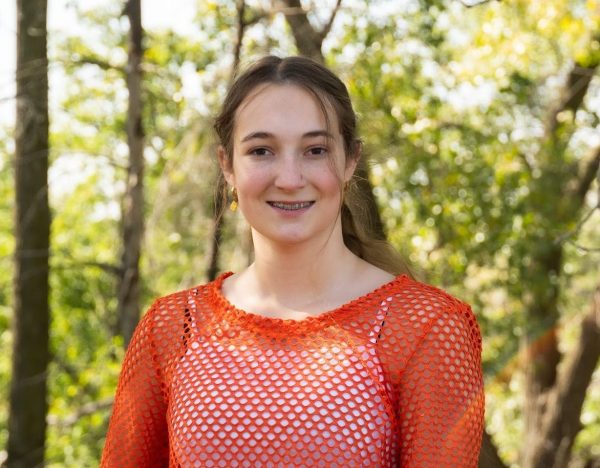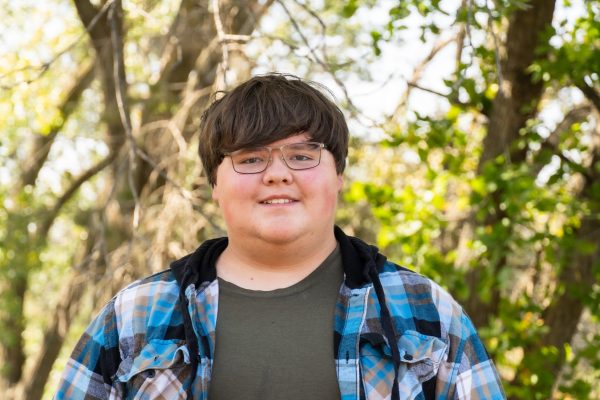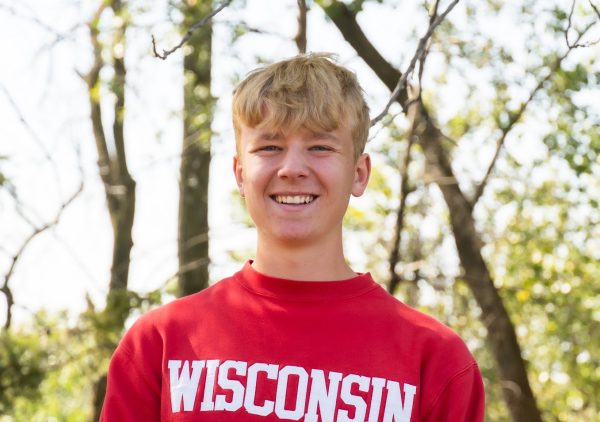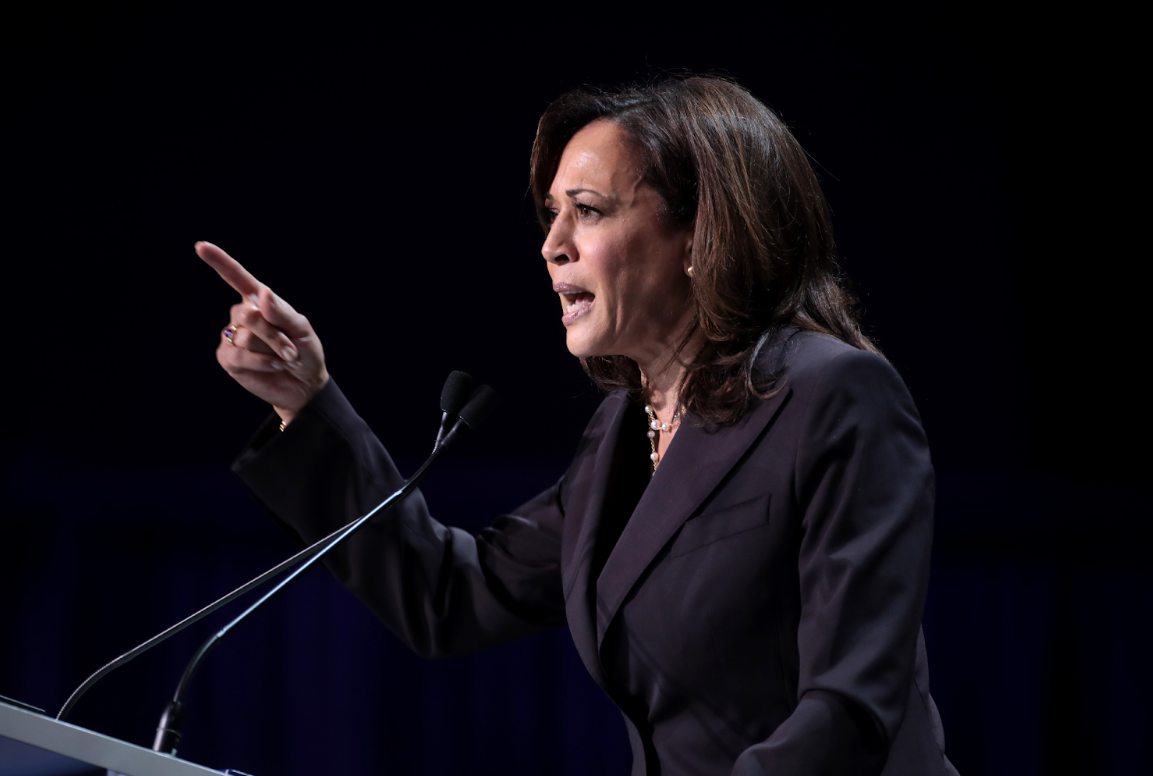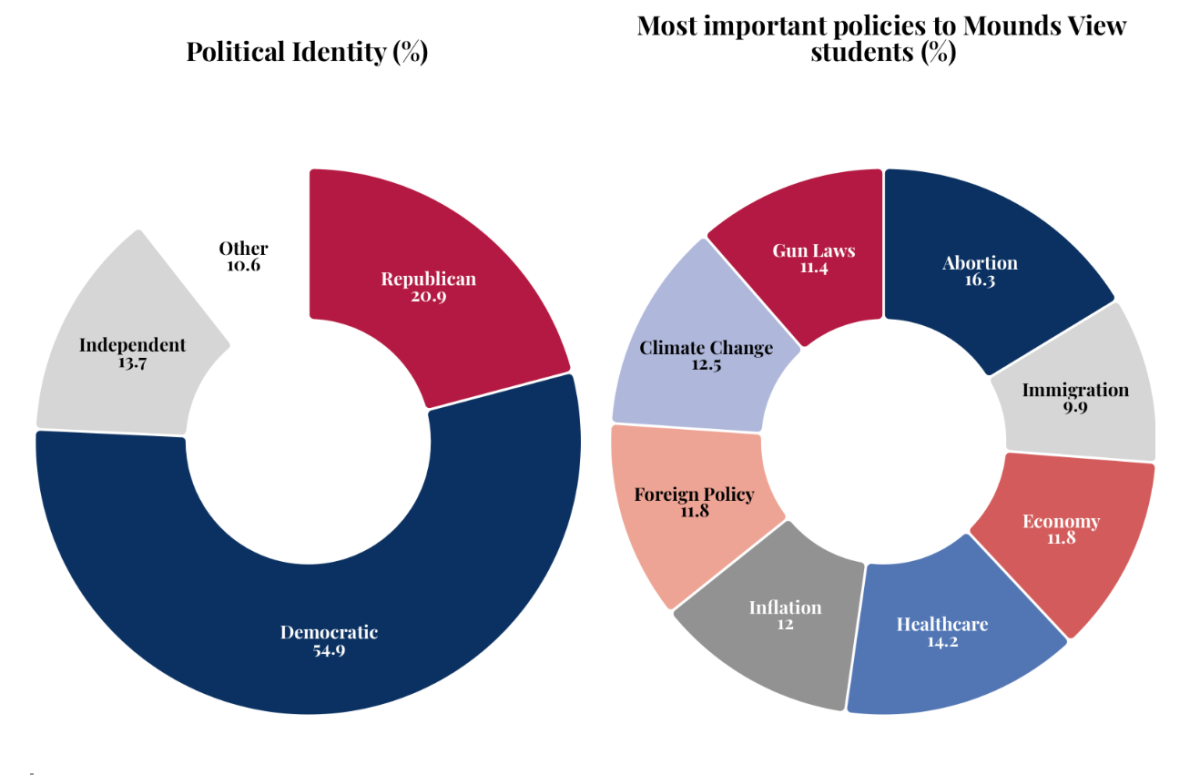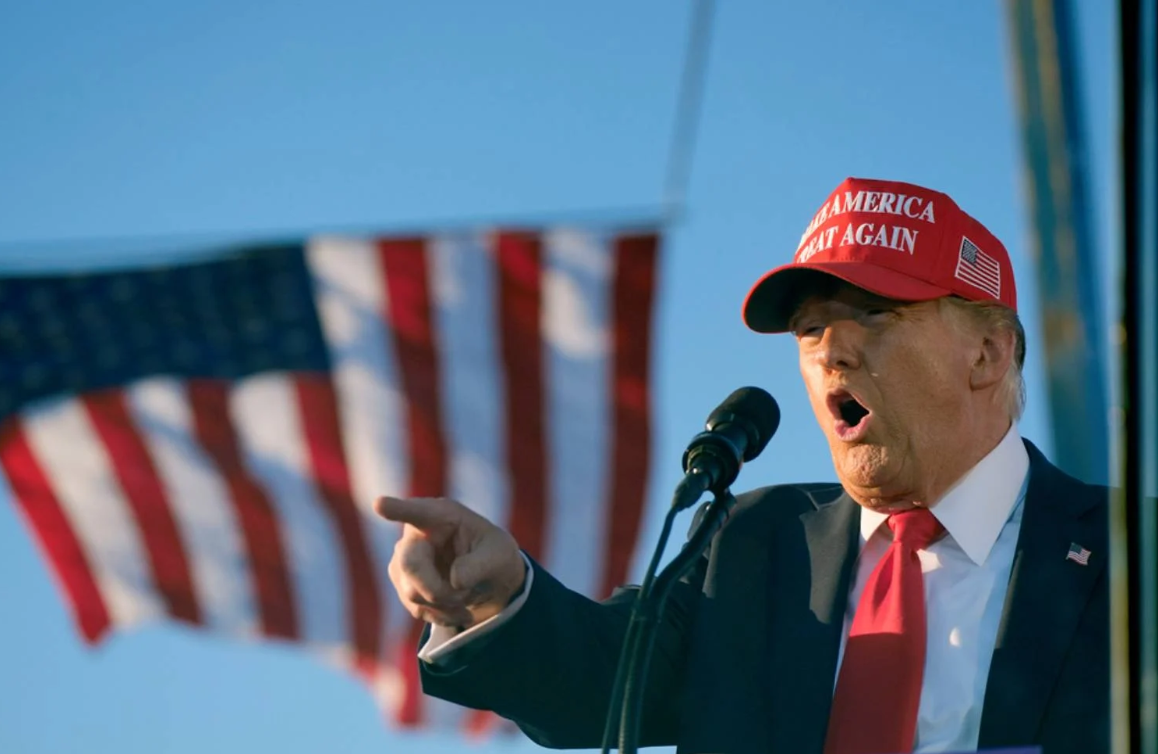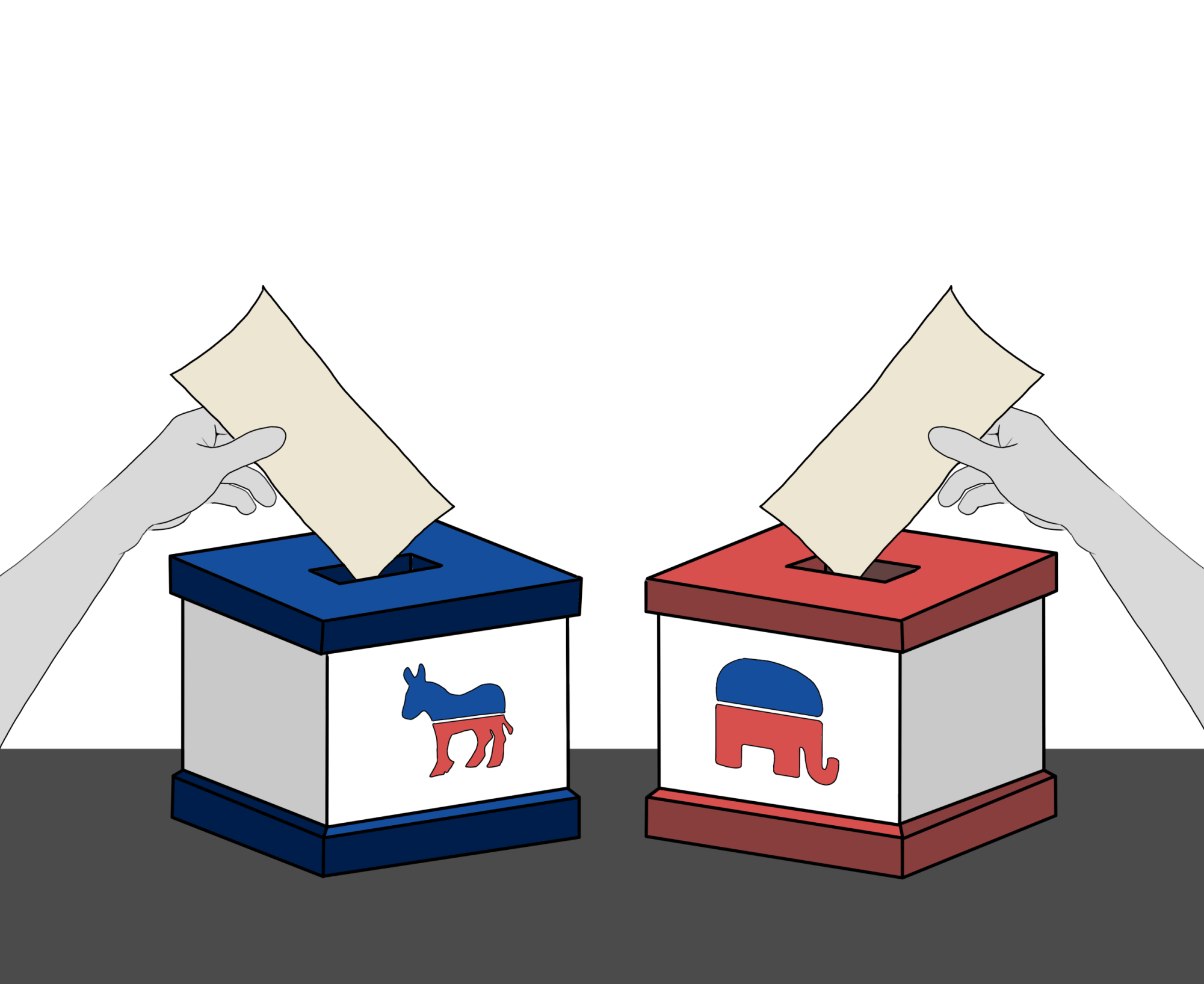
Choosing a president is a difficult choice for many voters, as the candidates have varying viewpoints on a range of issues, including immigration, abortion and the economy. Former President Donald Trump and Vice President Kamala Harris have starkly contrasting takes on major issues, and it is important for voters to know what they are.
Republican candidate Trump has a degree in economics from the University of Pennsylvania. He has been a business owner of his father’s real estate company, Trump Management, since 1971 and had an acting and producing career in “The Apprentice.” He has been a registered Republican for most of his life but switched to being Democratic from 2001 to 2009 before switching back to the Republican party. He was then elected as President of the United States of America from 2017 to 2021.
Harris is a Democrat who started out as a deputy attorney in 1990 before later rising to California attorney general. She became a U.S. senator for California during Trump’s presidency. After attending Howard University, she graduated with degrees in political science and economics. She later went on to earn her law degree at the University of California’s Hastings College of the Law.
The topic of abortion is one of the major issues these candidates disagree on. Harris has firmly voiced her support of abortion, which is the early termination of a human pregnancy often via medical procedure. On the other hand, Trump has said he supports the states’ rights to choose whether they will allow abortions but has gone back and forth on his views on a federal abortion ban, from avoiding answering the question to saying he will veto it. When asked whether he would sign a ban on abortion in his debate with Harris, he said, “I won’t have to,” according to CBS News.
He has, however, repeatedly credited himself for the overturning of Roe v. Wade — a case well known for its backing of constitutionally protecting abortion rights — via three Supreme Court Justices he appointed. On his social media platform, Truth Social, he stated, “After 50 years of failure, with nobody coming close, I was able to kill Roe v. Wade…” He later goes on to say that he put the prolife movement into a strong negotiating position.
Overturning this ruling lines up with the goals of Project 2025, a document created by the Heritage Foundation. It outlines a plan to use executive power to deconstruct the administrative state. This plan includes cutting funding to Medicare and Medicaid, reducing climate change regulations and abolishing the Department of Education.
Although Trump does not associate himself with Project 2025, six of his former Cabinet secretaries helped write or collaborate on it according to CNN. “I have no idea who is behind it,” Trump said on X.
Trump also stands against illegal immigration while simultaneously making pathways to legal immigration more difficult, demonstrated by his support of the RAISE Act in 2017, which would reduce the amounts of legal immigration by halving the number of green cards issued in the US. He also promotes continued construction of a wall along the U.S.-Mexico border in order to prevent people crossing.
Harris agrees that illegal immigration should be minimized. “We can create an earned pathway to citizenship and secure our border,” she said in a speech at the Democratic National Convention. She aims to open up more ways for people to become legal citizens while also working to help with the root causes for migrations from Central America. This is shown in her work with Mexican and Guatemalan leaders to improve conditions in their respective countries by encouraging investment into them.
Another point of contention is the shrinking middle class. According to an analysis from Pew Research Center, the number of adults living in middle-class households decreased from 61% in 1971 to 50% in 2021. This has been alongside a disproportionate rise in the cost of necessities that wages have not kept up with.
Trump’s economic policies include raising tariffs and cutting taxes, including for low-income Americans. Experts in budget analysis say that by 2035, this could add $7.5 trillion dollars to national debt, and some trade experts argue that this policy will jeopardize jobs and prices for consumers according to Reuters. “I am promising low taxes, low regulations, low energy costs, low interest rates, secure borders, low low low crime and surging incomes for citizens of every race, religion, color and creed,” Trump said in a speech before the Economic Club of New York in September.
Meanwhile, a large part of Harris’s campaign is trying to grow and help the middle class by lowering the cost of necessities like housing, food and energy through banning price gouging (which is when companies price goods at an unreasonable level) and providing down payment assistance for first-time buyers. She also plans to cut taxes for the working class while accelerating the speed of Medicare’s drug negotiations that would lower costs of drugs. “We will create what I call an opportunity economy,” Harris said when accepting the Democratic nomination for President.
The differing stances and beliefs of Harris and Trump, both presidential candidates, stress the importance of understanding topics that currently influence the country. In the end, the voters will decide the next president of the United States based on who will best represent their values.
Around 41 million Gen Zers are of voting age. With the next presidential election just days away, there is no better time to see the effects of a whole new generation of voters who are willing to fight for what they believe is right and change what they want to see in the world.
When it comes to voting, younger generations tend to lean further left. According to Pew Research Center, about 66% of people aged 18-24 associate with the Democratic party, and only 34% associate with the Republican Party. Here at Mounds View, students tend to lean further left as well, with 55% of students aligning with the Democratic Party, 21% with the Republican Party and 24% aligned either independently or ‘other’ according to a survey by the Viewer.
Gen Z also has high voter engagement. According to a survey by Cosmopolitan, about 82% of Gen Zers who are of legal voting age are planning to vote in the upcoming 2024 election. In the last midterm election, members of Gen Z also came out in massive numbers to vote and contributed to the Democratic party doing better than expected, which could foreshadow a large role in the upcoming election. If Gen Z voters keep up this enthusiasm towards voting, they could swing the election heavily in favor of the Democratic party.
Gen Z has a large range of issues that they would like to see addressed by each of the candidates, spanning from social issues to the economy. Mounds View students who participated in a survey by the Viewer believed abortion policies (50%) are more important than inflation (38%) and cared more about immigration (32%) than better wages (26%).
Inflation is at the top of priorities for Gen Z because it is hitting the hardest right now, especially for those who are graduating and heading to college. According to USA Today, Gen Z is struggling to get by because the price of rent and other necessities have risen significantly the past few years. “The economy is not doing so well with the inflation, so as a person from a middle class family, we value having a strong economy with affordable prices,” said one Mounds View student in the anonymous survey. Despite inflation slowing down in recent months, many Gen Zers remain concerned about prices and the economy.
After inflation, abortion takes the number two spot among issues for Gen Z voters due to Roe V. Wade being overturned just two years ago. This ended the federal right to abortion with multiple states outlawing it. Female voters are more likely to vote for Harris, who wants to reinstate federal protections for abortion. “Being a female, I think abortion is a personal choice that should be respected instead of outlawed,” said one Mounds View student in the survey. Young women are also more likely to be pro-choice due to lower desire to have children at a young age or because abortion has been shown to be essential in cases where it can be life-saving for the mother.
Social justice is another issue on the minds of Gen Z voters, especially when it comes to gun laws, climate change, LGBTQ+ rights and racial equality. 36% of responders to the anonymous Viewer survey chose gun laws as important issues this election. “As a young person, it is frightening that guns are now the number one killer of young people in this country,” said one student who responded to the survey. Climate change was also ranked of high importance among students with 39% of respondents choosing it as an important issue. Topics like LGBTQ+ rights and racial equality had less responses on the survey but tend to be large issues among young voters as a whole.
The candidates’ viewpoints on abortion and the economy are major factors in the outcome of the election because they are most significant to young voters. Whether going to the ballots for the first time or having voted in previous elections, Gen Z will greatly impact this upcoming election.
According to CivicScience, a consumer analytics platform, over 90% of Gen Zers and 88% of millennials use social media daily. With social media use high among younger audiences, presidential candidates running in the 2024 election are turning towards social media as a way to reach these demographics.
With more than 1.5 billion active users, TikTok has played a huge role in presidential campaigns. From fans making edits to the verified presidential TikTok accounts spreading their message, Vice President Kamala Harris and former President Donald Trump have increased their social media presence as the 2024 presidential election approaches. Both candidates have also seen increasing followings on social media, with Harris’ TikTok account, “@kamalaharris,” gaining around 4 million followers in two months and Trump’s, “@realdonaldtrump,” peaking at 11.7 million followers.
Trump uses influence-focused as well as dramatized content to try to inspire viewers to vote for him. In one TikTok, Trump can be seen posing with Jake Paul, a popular influencer, with the caption “POV: 100 Days left before Donald Trump delivers another knockout.” Associating with celebrities that younger audiences follow is the primary way in which Trump attempts to leave a positive impression on that demographic, ultimately hoping it translates in the voting booth.
Apart from TikTok, Trump uses X to express his political opinion on his private account, often posting political content supporting his campaign. He also posts continuously on his social media company, Truth Social, averaging over 24 posts a day, according to Roll Call, and over 9,000 posts so far this year.
Harris’ social media presence has an overall focus on creating engaging content, specifically referencing some of her more popular moments, with memes, gifs and pop culture references. Her personal account focuses on the comical approach to winning over viewers using pathos, while her campaign account focuses more on the facts with an informational stance.
Another way social media plays a role is through celebrity endorsements. Many celebrities have either supported or fully endorsed both candidates. After the first presidential debate in September, Taylor Swift made an Instagram post endorsing Harris. However, while Vote.gov saw an influx of nearly 406,000 visitors after Swift’s endorsement, according to Forbes, few voters said her endorsement made them more likely to vote for Harris, according to ABC News.
On the other hand, prominent billionaire and founder of Tesla, Elon Musk endorsed Trump in July and has since then been using his influence through his social media company, X, to further promote Trump. At Mounds View, students have been viewing the political content on their social media in different ways. Some students like junior Riley Fields find all the political ads and banter frustrating. “I’m not going to lie, I’m kind of annoyed. I don’t want it to be super political all the time, especially if I’m just trying to go on Instagram,” Fields said.
Other students find it helpful to learn more about the election. “I become more engaged because I get to know more about each political party,” said junior Nabeeha Rizvi.
All in all, it is clear that the social media accounts and content of the candidates are affecting their campaigns as well as the students at Mounds View. Looking forward, social media will continue playing a critical role in allowing the candidates to reach more people and shape their perceptions of the campaigns.
-
 SpreadWhat happens when religion meets education?
SpreadWhat happens when religion meets education? -
 SpreadClimate change: the clock is ticking...
SpreadClimate change: the clock is ticking... -
 SpreadThe Healthcare Crisis: sky high prices
SpreadThe Healthcare Crisis: sky high prices -
 SpreadThe overwhelming culture of college applications
SpreadThe overwhelming culture of college applications -
SpreadSchool security
-
 SpreadMounds View celebrates 70 years
SpreadMounds View celebrates 70 years -
 SpreadThe rising trend of overconsumption
SpreadThe rising trend of overconsumption -
 Spread[COLLECTION] The rise of sports betting
Spread[COLLECTION] The rise of sports betting -
 SpreadThe downfall of ELA education
SpreadThe downfall of ELA education -
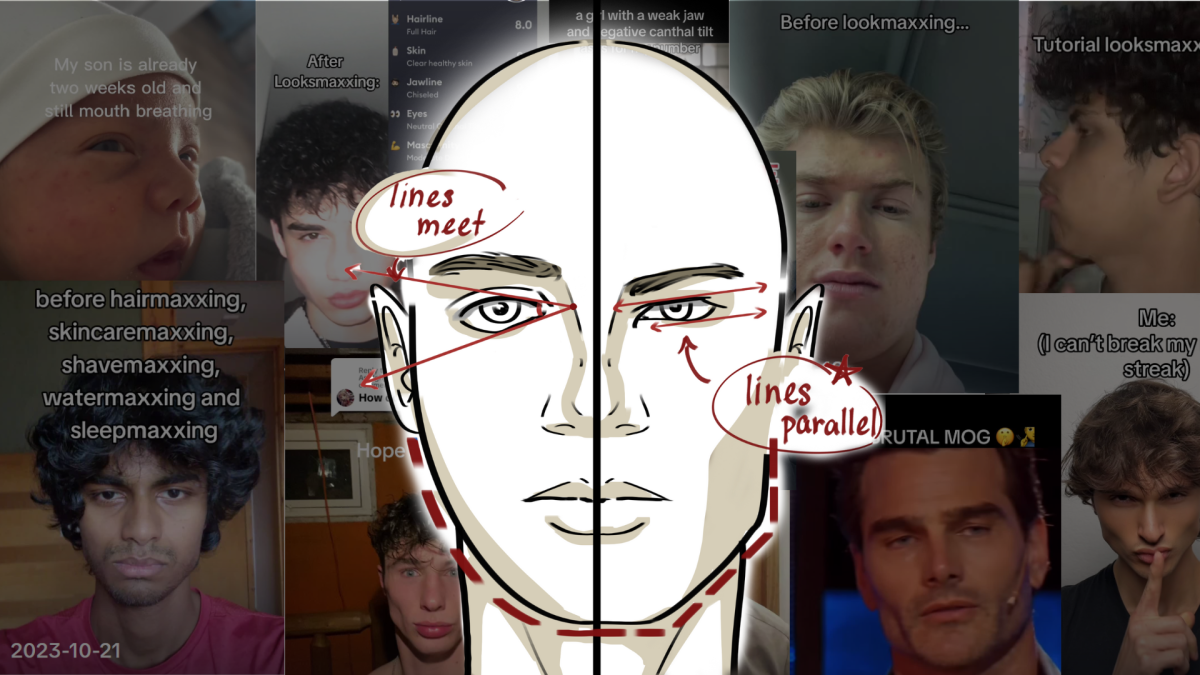 SpreadThe dark side of looksmaxxing
SpreadThe dark side of looksmaxxing
